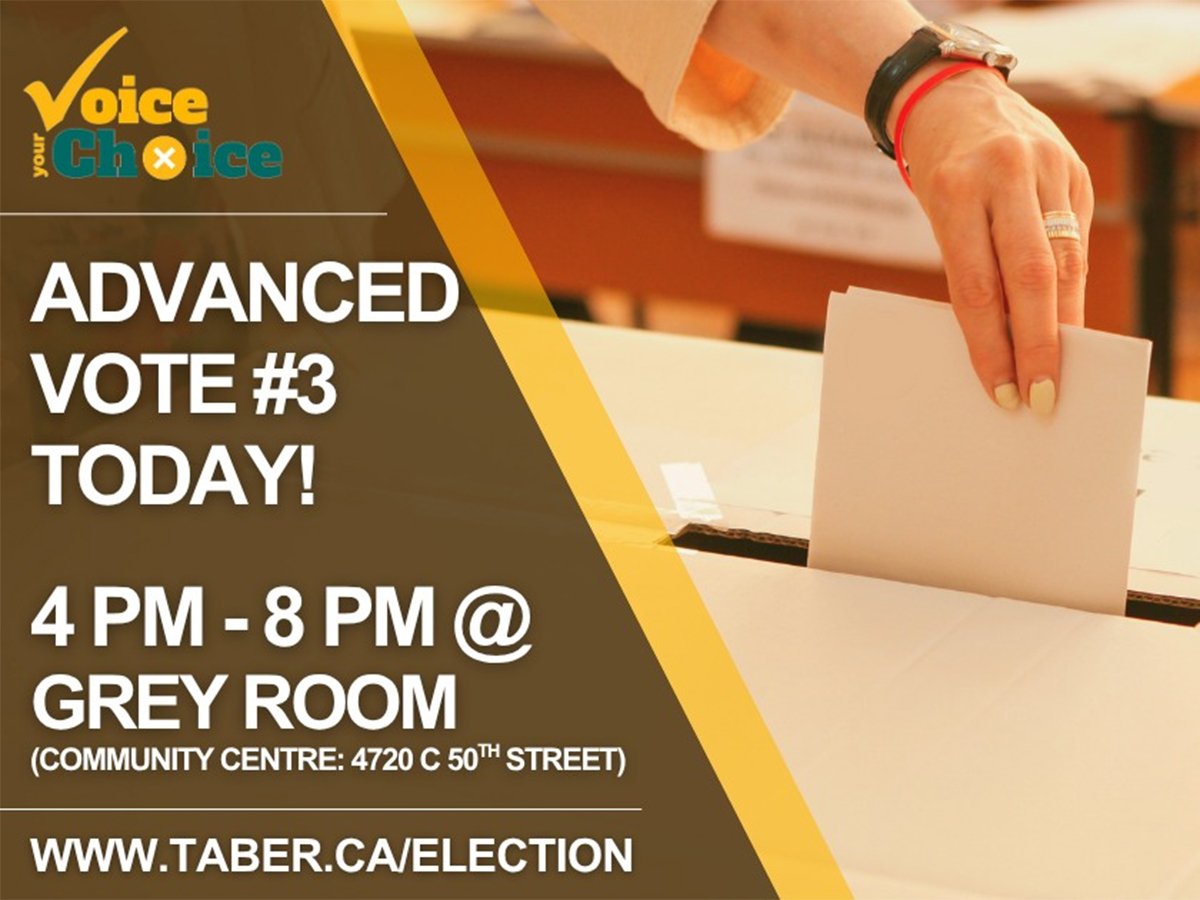I SUSPECT farmers get the same poor treatment as indigenous peoples in at least one respect: we are both often portrayed in a cartoon-like fashion by the big city media, which believes the public has an appetite for sensationalism and simple descriptions of complex issues.
With farmers, it is the hard times story of the angry farmer that gets attention. Indigenous people, on the other hand, have to protest or blockade to get noticed.
These actions get attention from the news media, but their reports don’t provide enough information for the public to develop an understanding of the issue at the centre of the event.
Read Also

Rural communities can be a fishbowl for politicians, reporter
Western Producer reporter draws comparisons between urban and rural journalism and governance
Television will show a few seconds of angry Indians marching or holding up signs. This will be followed by an announcer saying, “they want …,” or “they are angry that…”
If non-Aboriginal people think they will be inconvenienced or affected negatively as a result, there is a matching segment on the same news telecast featuring angry or frightened non-Aboriginals.
About 98 percent of reports involving First Nations people fall into one of three cookie-cutter formulas. In addition to the angry Indian described above, there is the cultural Indian dancing or pounding drums and the downtrodden Indian living in squalor. Information that doesn’t fit these preset moulds is ignored.
We would like to educate people, but that doesn’t happen often given the mind set of the mainstream media, especially television.
A consequence of this type of coverage is that it contributes to the polarization of issues because differences in outlook are emphasized. Little attention is given to details or opportunities for working together or developing a dialogue.
One thing is certain though: farmers and First Nations comprise the largest share of the population of rural areas of the Prairies. The First Nations presence is growing in terms of population and economic activity.
From 1998 until 2007, I was chief of the Rolling River First Nation located 80 kilometres north of Brandon. Significant progress was made in working with rural municipalities in the region and this progress has continued.
Now three First Nations within 150 kilometres of Brandon gained municipal support for a diverse development that included a casino just north of the city.
Municipal support was solid but they had their legs cut from under them by the province. Still, they are continuing to work together and haven’t given up the dream of generating economic activity.
The attitude of these rural municipalities is different from that of the city of Brandon, just as the attitude of the three First Nations and Southern Chiefs’ Organization is different from that of the Assembly of Manitoba Chiefs.
This is what I want people to understand: there is a diversity of outlook on issues among First Nations people, just as there is within any group.
I know that some non-Aboriginal people are surprised to find that we don’t all think the same. I also know that when the big media do report an internal dispute, we are always portrayed as two fighting factions. Subtle and complex differences are seldom reported and almost never explained.
My advice to non-Native rural people is to get to know as many First Nations people as you can. Learn about us through personal contact, not by what is portrayed on television by the large networks.
The smaller media, especially the specialized media, are more patient in their treatment of issues.
Morris Swan Shannacappo is grand chief of the Southern Chiefs Association in Manitoba.














